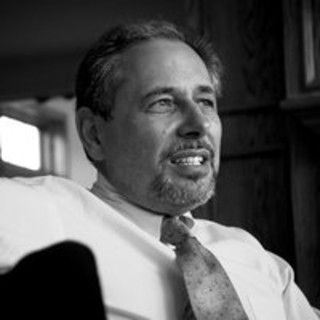The 77th annual American Academy of Neurology took place on April the 5th in San Diego. This is the leading neurology conference in the US and likely in the world with over 14.000 participants (virtual and in person) for a total of 4257 scientific presentations. A change this year is the smaller number of foreign participants possibly due to virtual options and the uncertain economic and political climate.
Things are changing. Gone are the printed papers programs, abstracts, summaries and directories which needed a separate canvas bag to carry around. The only formality at registration was the (paper) name badge. Vivid colored graphics with a cartoonish style displayed throughout the conference center was a departure from the formality of the older days.
With so many sessions, narrowing down the Annual Meeting schedule can be challenging. At the same time, it was possible to identify themes and topics ranging from educational courses, scientific presentations and networking opportunities through hubs and informal interactive talk sessions.
- The role of Artificial Intelligence (AI) in clinical practice as well as research, was likely the hottest and most controversial topic, promising to change methodology in research and patient-doctor interactions.
- Wellness, brain health and prevention of neurological disease through healthy lifestyles are becoming part of the traditional neurological visit. Awareness that a silent preclinical period exists -possibly for decades- before the clinical onset of Alzheimer disease, Parkinson disease and Huntington’s chorea, highlights the need to integrate brain wellness and disease prevention in neurological care. The availability of blood-based tests for these diseases- likely to come this year- is an additional development in neurology which tells us is time for prevention.
- Prevention as part of the neurological visit may not be such a revolutionary concept. The same happened for cardiac and metabolic diseases several decades back. A two-hour session “Brain Health a Global Priority” highlighted the growing emphasis of prevention in routine neurological care.
- Diversity equity and inclusion continues to be a concern in neurological practice. Health care disparities, access to care for women, were also a focus in many presentations. The increasing use of immunologically based infusion for diverse neurological diseases such as headache, Alzheimer disease Multiple Sclerosis, neuropathies and disease-specific use of PET have raised concerns of cost and access.
- Special interest groups have gained dedicated space and visibility and number of presentations. Neuro-hospitalists, residents, fellows, medical students, academic and private practice neurologists, advanced practice providers and administrators had dedicated discussion groups in informal gathering spaces throughout the conference center.
- Personal Growth. Balancing careers with family, professional burn-out, job related stress in the current clinical environment has had renewed attention. Relaxation techniques, mindfulness which we may have recommended to our patients are now strategies useful for the neurologist practicing in a more demanding work environment. Involvement in advocacy at the local and national level through the AAN is recommended as a way to deal with perceived stressors and barriers addressing issues like access to care, reimbursement preauthorization requirements, which limit our work as neurologists.
Innovations in neurological care remain the core of the conference. Topics were presented in the “hot topics” sessions using a dynamic pro/opposite debate format. Controversial or unsettled topics were discussed like the use of GLP1 receptor agonists in neurological or management of blood pressure in ICH. Additional new topics discussed were the discoveries of repeat expansion disorders in neurology and preliminary results from ongoing drug trials in dementia epilepsy and stroke.
Networking continues to be a strength of the AAN annual conferences. From medical students to residents and neurologists in a diverse practice setting all can find a forum to network and move their careers forward. For those who doubt the usefulness of the in person format meeting, the AAN annual conference certainly provided a milieu of scientific knowledge, opportunities for learning new clinical skills and personal growth.
Dr. Antuono has no conflicts of interest to report.
Illustration by April Brust







